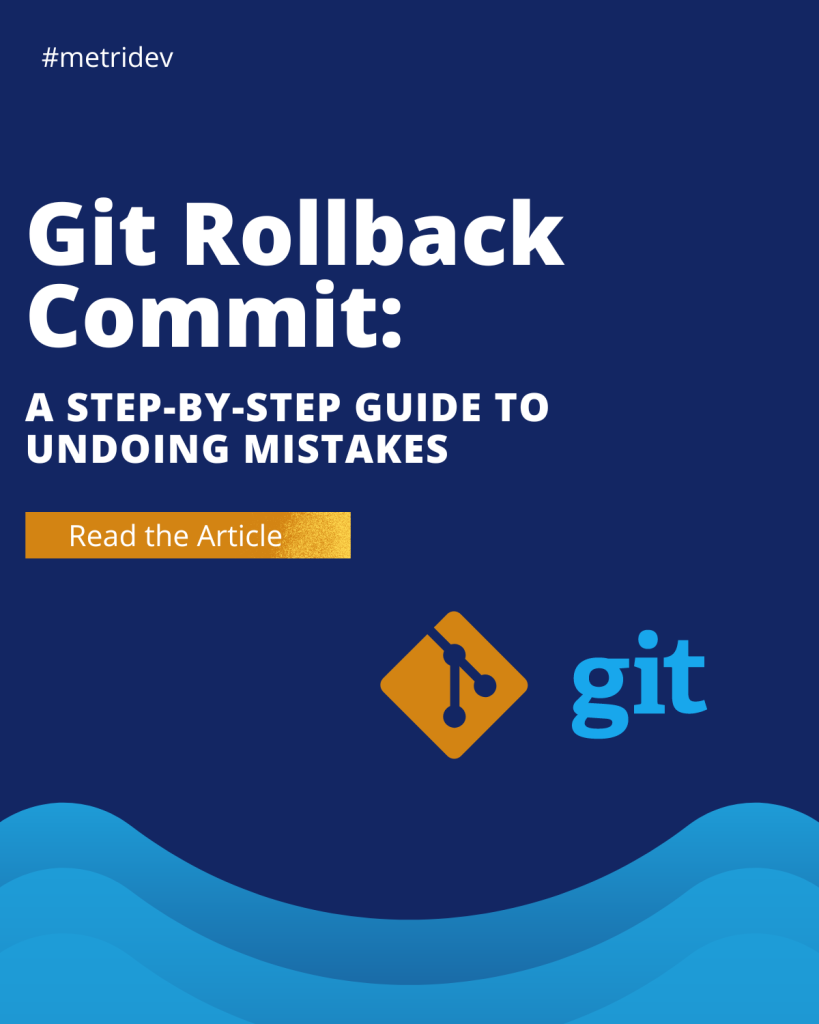Introduction to Research and Development Capitalization
Research and Development (R&D) is a crucial aspect of innovation and growth for businesses across various industries. It involves the exploration of new ideas, technologies, and processes to develop innovative products and improve existing ones. However, the costs associated with R&D can be significant, and businesses often face the challenge of how to properly account for these expenses. This article will delve into the concept of research and development capitalization and explore how it can help businesses maximize returns on their R&D investments.
How Do You Capitalize R&D?
Capitalizing R&D refers to the practice of recognizing and recording R&D costs as an asset on the balance sheet instead of immediately expensing them on the income statement. The rationale behind capitalization is that R&D activities often lead to the creation of intangible assets, such as patents or copyrights, which have future economic benefits. By capitalizing these costs, businesses can spread the expenses over the useful life of the asset, matching the costs with the revenue generated from the asset.
Understanding the Concept of R&D Capitalized
R&D capitalized refers to the costs incurred during the research and development phase that are recognized as an asset. This includes direct costs, such as employee salaries, materials, and equipment, as well as indirect costs, such as overhead expenses. By capitalizing these costs, businesses can defer the recognition of expenses, which can improve their financial position in the short term.
When Should Research and Development Costs be Capitalized?
Determining when to capitalize R&D costs can be complex and requires careful consideration. Generally, costs should be capitalized if the following criteria are met:
1. Technological Feasibility: The business must demonstrate that it has the technical expertise and resources to complete the project.
2. Intent to Complete: The business must have a clear intention to complete the project.
3. Future Economic Benefits: The business must reasonably expect that the project will generate future economic benefits.
4. Ability to Measure Costs: The business must be able to reliably measure the costs associated with the project.
It is important to note that only costs incurred during the research and development phase are eligible for capitalization. Once a product or process reaches the production phase, businesses should expense any additional costs as they are incurred.
How Does R&D Capitalization Affect Businesses?
R&D capitalization can have several significant impacts on businesses. Firstly, by capitalizing R&D costs, businesses can improve their financial ratios, such as return on assets and return on equity, as the expenses are spread over a longer period. This can enhance their attractiveness to investors and lenders.
Secondly, capitalizing R&D costs allows businesses to align their expenses with the revenue generated from the asset. This provides a more accurate representation of the costs associated with the development of the asset. This helps enabling better decision-making and resource allocation.
Lastly, capitalizing R&D costs can provide businesses with a competitive advantage. By spreading the costs over the useful life of the asset, businesses can reduce the immediate financial burden. They also can allocate more resources towards future innovation, ultimately enhancing their ability to compete in the market.

Benefits of Research and Development Capitalization
Research and development capitalization offers several benefits to businesses. Firstly, by capitalizing R&D costs, businesses can provide a more accurate representation of their financial position, as the costs are matched with the revenue generated from the asset. Additionally, capitalizing R&D costs can improve financial ratios, such as return on assets and return on equity, making the business more attractive to investors and lenders. Moreover, capitalization allows businesses to make more informed decisions regarding resource allocation. This way the costs are aligned with the revenue generated from the asset. Furthermore, by spreading the costs over the useful life of the asset, businesses can allocate more resources towards future innovation. This gives them a competitive edge in the market.
Research and Development Capitalization Process
Transitioning to the process of research and development capitalization involves several key steps. Firstly, businesses need to identify and segregate the costs incurred during the research and development phase that meet the capitalization criteria. Subsequently, determining the useful life of the asset resulting from the R&D activities is crucial. This estimation involves considering factors such as technological obsolescence, market conditions, and legal protection. Once businesses determine the eligible costs and useful life, they calculate the amount to be capitalized by multiplying the costs by the percentage completion of the project. Finally, businesses record the capitalized costs as an asset on the balance sheet and amortize them over the useful life of the asset. And with the expenses recognized on the income statement as amortization expense.
Factors to Consider When Deciding to Capitalize R&D
When deciding whether to capitalize R&D costs, businesses should consider the following factors:
- Materiality: The materiality of the costs is an important consideration. If the costs are immaterial, capitalization may not be necessary.
- Financial Position: Businesses should assess their current financial position and determine whether capitalization would provide any significant benefits.
- Industry Norms: It is useful to compare the capitalization practices within the industry to ensure consistency and comparability with peers.
- Future Revenue Expectations: Businesses should evaluate the expected future revenue generated from the asset resulting from the R&D activities. If the revenue potential is high, capitalization may be more beneficial.
Are Research and Development Costs Expensed or Capitalized?
Businesses generally expense research and development costs as they incur them on the income statement. However, businesses can capitalize the costs and recognize them as an asset on the balance sheet if they meet certain criteria, such as technological feasibility, intent to complete, future economic benefits, and ability to measure costs.
Expensing R&D costs allows businesses to immediately recognize the expenses and match them with the revenue generated in the same period. This provides a more conservative approach to financial reporting. On the other hand, capitalizing R&D costs allows businesses to spread the expenses over the useful life of the asset, providing a more accurate representation of the costs associated with developing the asset.
What is an Example of an R&D Expense?
An example of an R&D expense is the salaries of employees involved in the research and development activities. These costs are typically expensed as incurred since they do not meet the criteria for capitalization. Other examples of R&D expenses include laboratory supplies, research equipment, and research-related travel expenses.
It is important for businesses to carefully track and document their R&D expenses to ensure accurate financial reporting and compliance with accounting standards.
Maximizing Returns through Research and Development Capitalization
Maximizing returns on R&D investments is a key objective for businesses. Research and development capitalization can contribute to achieving this goal by providing several avenues for maximizing returns:
- Improved Financial Position: By capitalizing R&D costs, businesses can enhance their financial position in the short term. This can lead to increased investor confidence, better access to funding, and improved credit ratings.
- Better Resource Allocation: Capitalization allows businesses to allocate resources more effectively by aligning the costs with the revenue generated from the asset. This ensures that businesses direct resources towards projects with the highest potential returns.
- Enhanced Innovation Capacity: Capitalizing R&D costs provides businesses with the financial flexibility to invest in future innovation. By spreading the costs over the useful life of the asset, businesses can allocate more resources towards research and development activities, fostering a culture of innovation within the organization.
- Increased Competitiveness: By capitalizing R&D costs and investing in future innovation, businesses can gain a competitive advantage in the market. This can result in the development of innovative products or processes that differentiate the business from its competitors.
Challenges and Limitations of Research and Development Capitalization
While research and development capitalization offers several benefits, there are also challenges and limitations that businesses need to consider. Firstly, the criteria for capitalizing R&D costs involve a level of subjectivity, which can lead to inconsistencies in practice and difficulties in decision-making. Additionally, determining the useful life of the asset resulting from R&D activities can be challenging, considering factors such as technological obsolescence, market conditions, and legal protection, which may involve significant judgment.
Moreover, capitalizing R&D costs can have a significant impact on financial ratios, making it difficult to compare the financial performance of businesses within the same industry. Furthermore, there is a risk of overstatement of assets if the capitalized costs do not reflect the true economic benefits generated from the R&D activities. Therefore, businesses should carefully evaluate the advantages and disadvantages of research and development capitalization. And they also should consider their specific circumstances before implementing this accounting practice.
Best Practices for Research and Development Capitalization
To ensure effective implementation of research and development capitalization, businesses should follow these best practices:
1. Document R&D Activities: Maintain detailed records of R&D activities, including project plans, progress reports, and costs incurred. This documentation will provide evidence to support the capitalization of costs.
2. Establish Clear Capitalization Policies: Develop clear policies and guidelines for the capitalization of R&D costs. This will promote consistency in practice and facilitate decision-making.
3. Regularly Review Capitalized Assets: Periodically review and reassess the useful life of capitalized assets to ensure they are still generating economic benefits. Adjustments may be necessary if there are changes in market conditions or technological advancements.
4. Stay Updated with Accounting Standards: Stay informed about the latest accounting standards and guidelines related to research and development capitalization. Compliance with these standards is essential for accurate financial reporting.
How are R&D Expenses Treated in Accounting?
R&D expenses are typically expensed as incurred on the income statement. However, when a business meets certain criteria, such as technological feasibility, intent to complete, future economic benefits, and ability to measure costs, it can capitalize the costs and recognize them as an asset on the balance sheet.
Expensing R&D costs allows for immediate recognition of the expenses and matches them with the revenue generated in the same period. This provides a conservative approach to financial reporting. On the other hand, capitalizing R&D costs allows businesses to spread the expenses over the useful life of the asset, providing a more accurate representation of the costs associated with developing the asset.
Conclusion
Research and development capitalization plays a crucial role in maximizing returns on R&D investments. By properly accounting for R&D costs, businesses can improve their financial position, enhance decision-making, and foster innovation within the organization. However, it is important to consider the challenges and limitations associated with capitalization and follow best practices to ensure effective implementation. By doing so, businesses can unlock the full potential of their R&D efforts and reap the rewards of their investment in innovation.









Leave a Reply